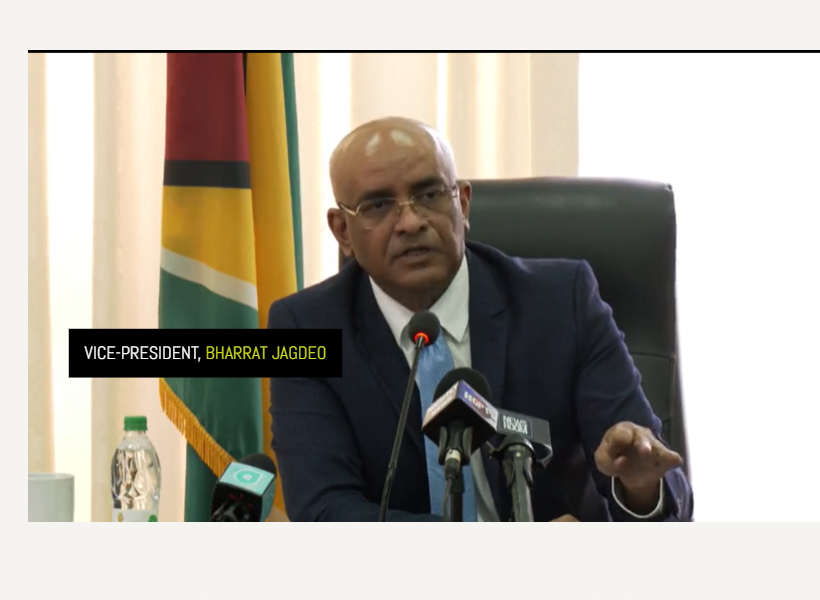The Government has moved to massively increase its spending capacity in 2024. This is being done through two financial maneuvers: revising the Natural Resource Fund (NRF) Act to increase oil revenue withdrawals and enhancing the nation’s debt-ceiling. These moves are seen as crucial as the government needs much more money than last year to fund its $1.146 trillion budget, which is 40% higher than budget 2023.
The Fiscal Enactments (Amendment) Bill 2024, tabled in Parliament, includes a revision to the First Schedule of the NRF Act. This revision is intended to substantially increase the withdrawal limit from the NRF. For 2023, Guyana’s NRF received US$1.617 billion in oil revenues. Under the current formula, the withdrawal ceiling was approximately US$1.154 billion. However, with the proposed amendment, this ceiling would rise to US$1.586 billion, allowing the government to utilize 98% of the 2023 oil revenues.
The proposed amendment outlines a new withdrawal formula: 100% of the first US$1 billion received last year, followed by decreasing percentages for subsequent billion-dollar tranches. This change of the withdrawal formula, indicates that greater priority is being placed on upfront spending, whereas the previous formula reflected more keenness to save.
Vice President Dr. Bharrat Jagdeo defended this decision recently, arguing that the current NRF withdrawal framework is too conservative and insufficient for the country’s needs. Projections from the Ministry of Finance suggest that the NRF will receive increasing revenues in the coming years, leading to a consistent trend of enhanced spending capacity, with total maximum allowable withdrawals from 2023 to 2027 amounting to more than $2.5 trillion (US$12.3 billion)
The government is also poised to dramatically increase Guyana’s debt borrowing capacity by $1.35 trillion. This adjustment, affecting both external and domestic debt ceilings, aims to formalise government’s pursuit of more loans for several large-scale infrastructure projects. The External Loans Act ceiling will rise from $900 billion to $1.5 trillion, and the Public Loan Act ceiling to the same level from $750 billion.
Dr. Jagdeo elucidated that these debt ceiling increases are principally to fund major capital projects, such as the Gas-to-Energy project, which is expected to receive a substantial loan from the United States Export Import Bank. He explained that while the debt ceiling is being raised, it does not necessarily imply borrowing to the maximum limit. Around 40% of the 2024 budget, over $450 billion, is expected to be financed through debt.
“Will our debt or borrowing be unsustainable? The answer is clearly no… We have some of the best debt fundamentals in the world in terms of our capacity to repay and our financing,” Jagdeo said, defending the government’s plans.
The Vice President also highlighted that the government plans to use a mix of debt financing and oil revenues to finance its budget. He assured that the increased revenues from oil production in the future would bolster the government’s capacity to service its debts.













